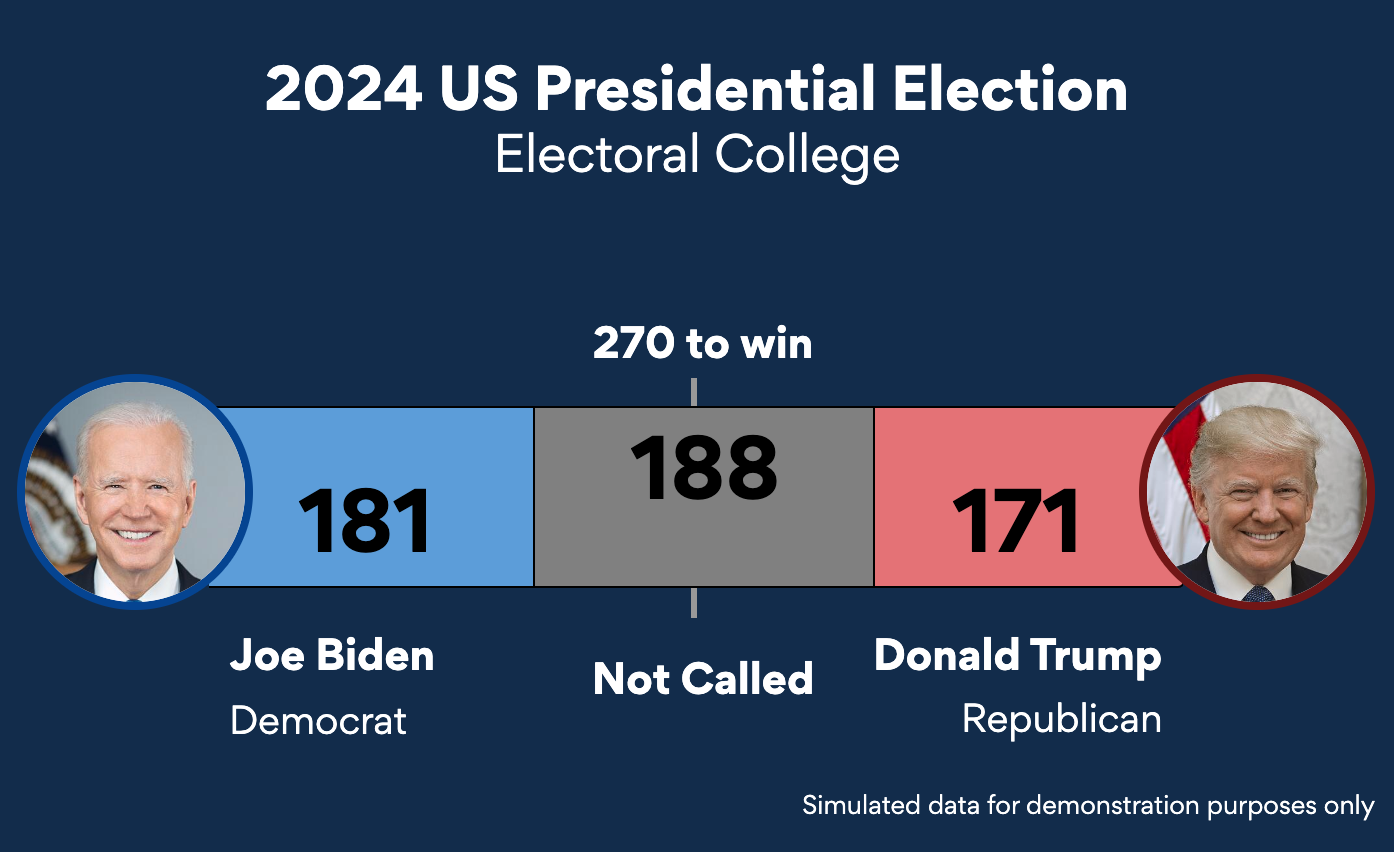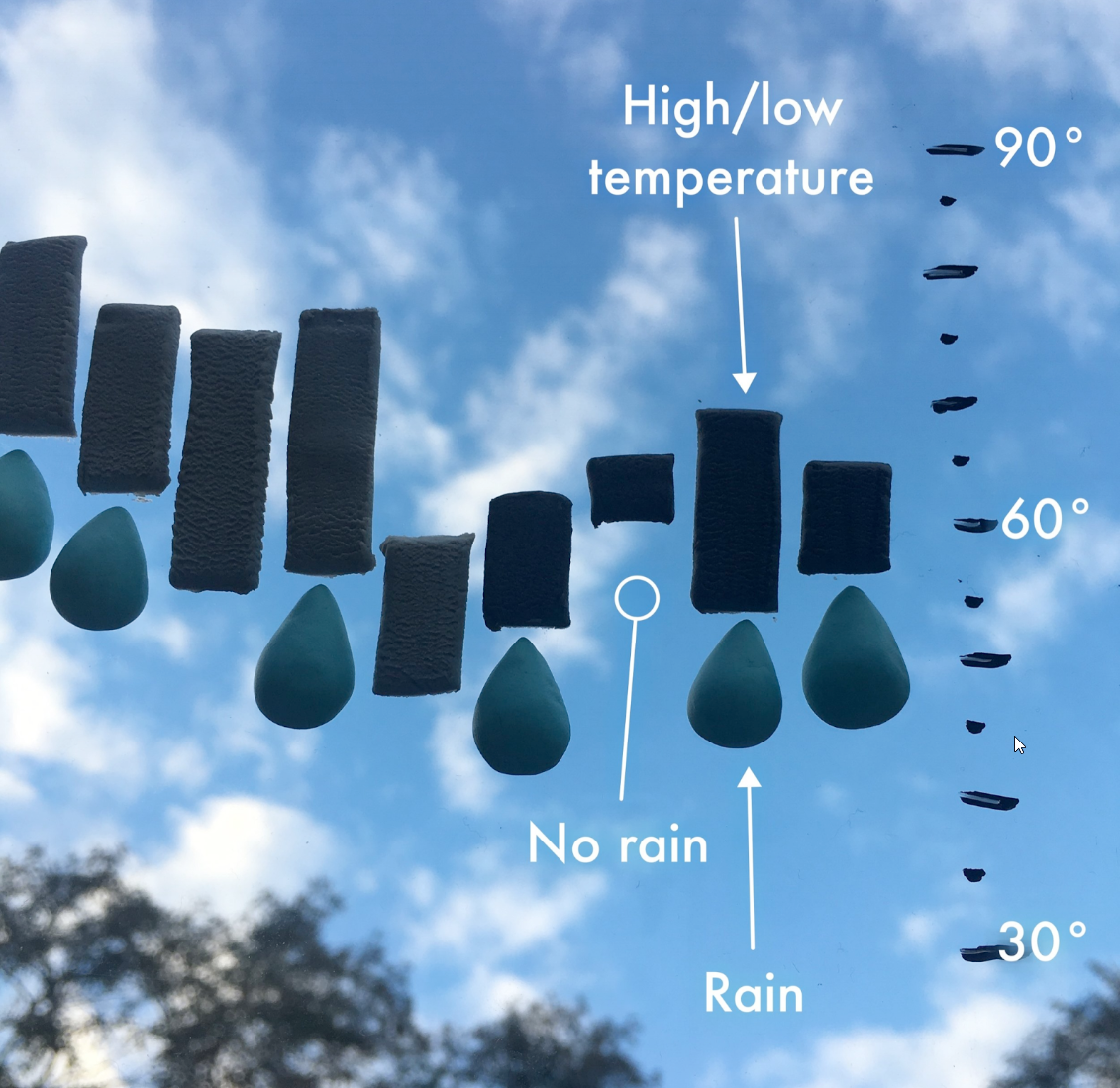
Sunnmørsposten newspaper (SMP) is located in Ålesund, a city of 67,000 nestled in the beautiful fjord landscape of Western Norway. The newspaper has 2.5 million pageviews a week and 25,000 subscribers. Gone are the days of long text-heavy articles sprinkled with a handful of photographs. SMP articles now feature immersive storytelling techniques, including interactive maps and ‘scrollytelling,’ where the story unveils itself as the reader scrolls. News can be told as a podcast episode. And, chiefly, data underlying issues is no longer just expressed in narrative form, but with also now with interactive charts and graphs from everviz. It’s a step change in how complex information is conveyed to the news-reading public.
We caught up with Eirik Meling and Liv-Jorunn Håker, part of SMP’s investigative journalism unit, to learn how interactive data visualisations contributed to a recent data-heavy report on bottom trawling in vulnerable areas north of Svalbard. The article is a microcosm for a larger effort at the paper to earn clicks, subscribers and boost reading time, all in an effort to convey understanding of current events to readers.
Stop points to foster understanding
The more time readers spend with an article, the more they understand the issue. To encourage understanding, SMP journalists try to create so-called stop points in their stories. Stop points are places in the article where the reader stops to engage with the content. One way they create stop points is by inserting a data visualisation into an article.
This graph from the article shows the catch value in NOK per fishing vessel.
“We know the typical reader does not read all the text in an article,” says Eirik Meling, head of investigative journalism at SMP. “Readers can open an article, read the headline and maybe the opening paragraph and then start scrolling. We need more events to make people stop.
“That’s where a nice data visualisation works. By analysing a bar graph, maybe that is all the reader needs to see to understand what we are writing about, to get an understanding of what we’re trying to tell them. They spend some seconds with that chart and they get the story told in a different way.”
Another graph from the article shows trawling hours per country per year between 2012-2020.
Turning to interactive charts to boost reading time
The strategy has paid dividends. A typical article with text and pictures gets far less reading time than an article with interactive storytelling techniques such as data visualisations.
“It’s easier to get people to move further down in the text if you include interactive elements to make it a bit more exciting,” Eirik says.
When working on a feature story, editorial team decides early on which elements to include. For the feature article on trawling, they team knew right away data visualisations were necessary.
“That story could have been incredibly boring,” Eirik explains. “We were dealing with literally millions of data points, government data relating to fishing activity. We had to find ways to make it engaging. In the end, the story had a decent reading time. We used maps, video and data visualisations. If it had just been written as a long text with two photos, it would not have been read as much as it did.”
Visualising the outlier in the dataset
Liv-Jorunn Håker, head of digital development at SMP, was included early in the process to create data visualisations.
“Our main challenge was we have this historical overview of how the fishing industry operates. Now how do we tell stories from the dataset?” she explains.
“You can start by, for example, looking at the outliers in the data. What deviates from the norm? Based on that you can devise theories. If the dataset has 10 rows or 100,000 rows, the question does not change: what is the story and what do you want to show people. But you have to keep an open mind, because you could find something completely different than what you thought you would find.”
Three minutes to understand an issue
The team ended up including custom-made maps showing where boats fished in the areas north of Svalbard and in the Barents Sea and the coastal areas of Norway and Greenland, and data visualisations were placed throughout the article as strategically-placed stop points. The overall editorial goal at SMP is to make people understand an issue in less than three minutes.
“Data visualisations help people understand the big picture in an issue. If it’s too hard people will not understand the story. I personally really dislike reading numbers but I understand a bar chart.
“A picture is worth a thousand words. A good graph can replace 1,000 images,” she says. “It takes such little effort to understand that one bar is bigger than the other. You have their attention for a few seconds. Showing them a data visualisation is a good way to tell a story.”
This bar graph shows total trawing hours per country between 2012 and 2020.
Ironically, though the story highlights an issue seeped in data, the article does not contain a lot of data.
Eirik explains: “Tring to write about this fishing data in text form is very difficult. We had to be creative and tell the story in a different way. Our editorial philosophy is that big, important stories must reach people. Why tell a story if you cannot tell it in a way that resonates with people? Charts and graphs resonate with people.”
Making data more accessible
Including data visualisations in SMP reporting is a key part of enriching investigative reporting. These are key stories that feature prominently on the front page, sometimes for days.
“Readers typically visit our site two to three times a week,” Eirik says. “We must give them our best reporting. Writing quality articles is a big focus for us. We need to have something really good for our readers. Good stories – when they’re really good – sell subscriptions and they are good for your reputation.”
SMP articles need more than just text and one or two pictures. The articles must be immersive and interactive to increase the reading time. Ultimately, the goal is to publish data-driven articles on a daily basis sprinkled with charts and graphs. “We are constantly looking for ways to make the data accessible. Our goal is to write more data-driven stories. There are literally thousands of stories to tell. It’s easy to make a graph in everviz when you have the data. Our reporters can do it very quickly.”


